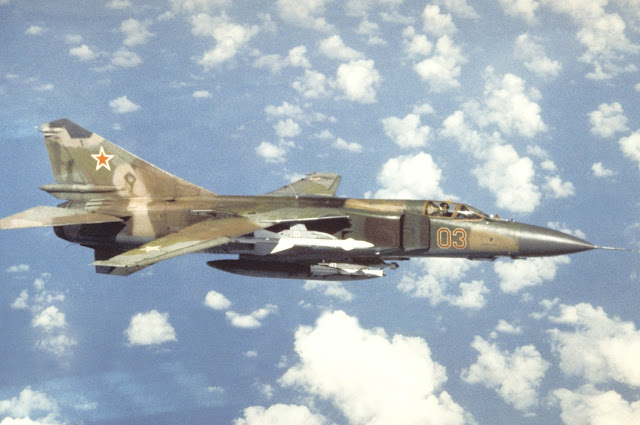aviation
Drag
lift
lift induced drag
maneuver
military
roll
sideslip
stability
swept wing
what is the dutch roll
yaw
What is the dutch roll?
SKIES HAVE EYES
It’s the 7th of June 1967, the six-day war is unfolding on the ground. But our eyes stay fixed to the skies where the swept wing greats, the Mirage 3 battles it out with the MiG 21 in a dogfight which is sure to make it to the books. Diving into the battlefield from the cloud ceiling, Giora Romm in the cockpit of the Dassault Mirage 3 engages in a fight for air superiority against the MiGs. A few minutes in, he is seen with an enemy MiG on his tail shooting for the kill. He then sets the Mirage to rock about its axis, to dodge the gunfire and escapes the danger successfully. PAUSE.
 |
| Hey, wanna check out my cockpit? |
What he did there, is a brilliant maneuver in military aviation, called The Dutch Roll.
This might sound like a mouth-watering puff pastry which tests the prowess of some cute dutch bakers, but all it tests is the roll and yaw stability of an aircraft....which is way cooler.
Before we go into how a dutch roll happens, let’s look into a couple of crazy circus acts our aircraft can do:
 |
| The rotational motions of an aircraft |
Rolling (banking) – Aircraft rotation about the longitudinal axis. This can be brought about by one wing having a higher lift than the other wing. (ailerons jutting in opposite directions). For example, if the left wing has more lift, right-wing tilt down and the aircraft rolls right
Yawing- Aircraft rotation about the perpendicular axis. Rolling and yawing come as a package deal. So your aircraft rolls left. The lift vector which was initially perpendicular to the wing jutting upwards is tilted to the left. Thanks to vector algebra, this tilted lift vector has a horizontal component associated with it called Sideslip (somebody makes this a dance move already). This skids/ yaws the aircraft in the direction of the roll in our case yaws left.
Pitching- Aircraft rotation about the lateral axis. Can happen when the elevators on both the wings are operated in tandem. We don't need pitching motion in the dutch roll so it isn't explained here. But feel free to check out how pitching works. Knowledge is boundless.
SO WHAT REALLY HAPPENS IN A DUTCH ROLL?
Put on your imagination caps so I can paint you this three-dimensional moving picture.
 |
| Rolling right creating the horizontal sideslip |
Assume you roll your Mirage right, and the lift vector tilts right. The horizontal component of the tilted lift, sideslip yaws the aircraft to the right. This yawing causes the free stream velocity or the velocity of the wind to hit the wing at an angle. Now, pay close attention to the sweep (Wing swept angle) of that beauty. (learn about swept back wings here: yay information) This angle at which the wind hits the wing causes more chordwise component of wind on the right wing. (lift which matters is only generated when the flow is parallel to the chord. Go learn about lift here: click diz ). So more air is flowing just how we want it (parallel to the chord) on the right wing and not as much on the left. This translates to more lift on the right wing than the left. Still with me? This unbalanced lift, higher lift on the right side and lower on the left creates another roll, except now it's to the left. The right wing with more lift brings with it drag. This is the lift-induced drag explained in our article on the types of drag. : Drag your butt over here
 |
| Yawing right, the relative wind hits the leading edge like this |
This right wing drag pulls the plane right (yaws right). This is when the vertical stabilizer (fixed vertical wing on the tail end of aircraft) does its thing by reversing this yaw, bringing it lined up with the nose. Remember our Mirage is still rolling left? This induces a left sideslip. This gives a yawing to the left. And this goes on as a repetitive rocking and rolling motion until of course the rudders are employed to bring it back to stable flight. You can think of the Dutch roll as you when you're 5 drinks in, and the rudder is your sober best friend.
Although military aircrafts are thrown into dutch roll intentionally, their commercial cousins go into a dutch roll due to turbulence or external disturbance. They are not built for such instability: because that's what this is, an instability condition. Which is why we say fighter jets are built for maneuverability (aka instability) while commercial aircrafts are built for stable level flight. (if they weren't our flights would be one hell of a ride). In this constant tradeoff between stability and maneuverability, as a design engineer you have to ask yourself this question:
Is your aircraft equipped to rock and roll?
Here is a visualization of the Dutch Roll
Thanks for reading!
Video Credits: Padpilot
Here is a visualization of the Dutch Roll
Thanks for reading!
Video Credits: Padpilot






